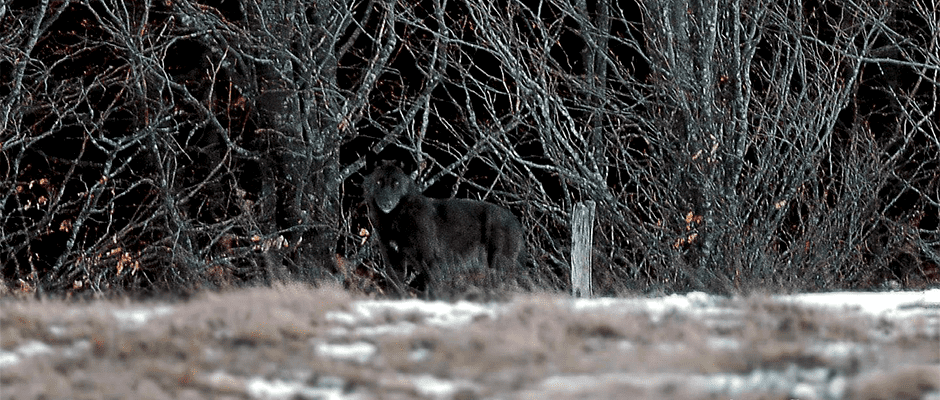Share this article
Wolves and domestic dogs have crossbred for centuries
Across the globe, gray wolves (Canis lupus) carry slivers of chromosomes from domestic dogs (Canis lupus familiaris), pointing to potential genetic hybridization that spans back many generations.
Analyzing the canids’ DNA, researchers found that although wolves have long been interbreeding with dogs, their gene pools remain separate, and the eradication of hybrids to preserve the genetic integrity of wolves could be misguided.
“Hybridization with dogs is not only a recent phenomenon, as sometimes thought,” said Malgorzata Pilot, lead author on the study published in Evolutionary Applications.
“Even though hybridization is geographically widespread in Europe and Asia,” she said, “it is not very frequent, so we can distinguish the genetic pools of wolf and dog populations.”
Last year, Pilot, a senior lecturer at the United Kingdom’s University of Lincoln, and her colleagues examined hundreds of genetic samples collected a decade ago from wolves and dogs worldwide. They used a DNA chip to unscramble these animals’ genotypes at 60,000 places throughout the genome to detect hybridization.
“In Eurasia, about 60 percent of all individuals we tested had small chromosomal fragments originating from dogs,” Pilot said. “It doesn’t mean they are hybrids. It means many generations ago, they had a dog ancestor. In North America, we identified a very small number of individuals that showed evidence for past hybridization with dogs.”
The findings particularly have management implications for black wolves in Europe, she said, where they are sometimes culled because the darker color is seen as a sign that the animals are hybrids.
“All black wolves from North America and Italy we tested had the dog-derived gene that causes black coloration, but otherwise there was no evidence of hybridization with dogs,” Pilot said. “These individuals had a dog ancestor a very long time ago, so there is no more trace of this admixture in their genomes. They cannot be treated as hybrids.”
The biologists also noticed that some mixed wolves looked just like pure wolves.
“It is difficult to identify hybrids based on phenotypes,” Pilot said. “Using phenotypic traits to eliminate hybrids from populations may result in killing the wrong individuals. Decreasing the number of free-ranging dogs is likely to be more efficient in minimizing hybridization.”
Pilot is continuing her investigation of hybridization in Eurasian wolves with cutting-edge technology that encompasses the entire genome.
“Hybridization hasn’t affected the wolf gene pool significantly, but wolf populations in Europe are much smaller as compared with populations of free-ranging dogs,” she said. “Because many European wolf populations live in fragmented landscapes, they have a good chance of getting in contact with free-ranging dogs. If hybridization frequency increases, this may become an important conservation problem.”
Header Image: An Italian black wolf looks in the direction of the camera. ©Graziano Tortelli








